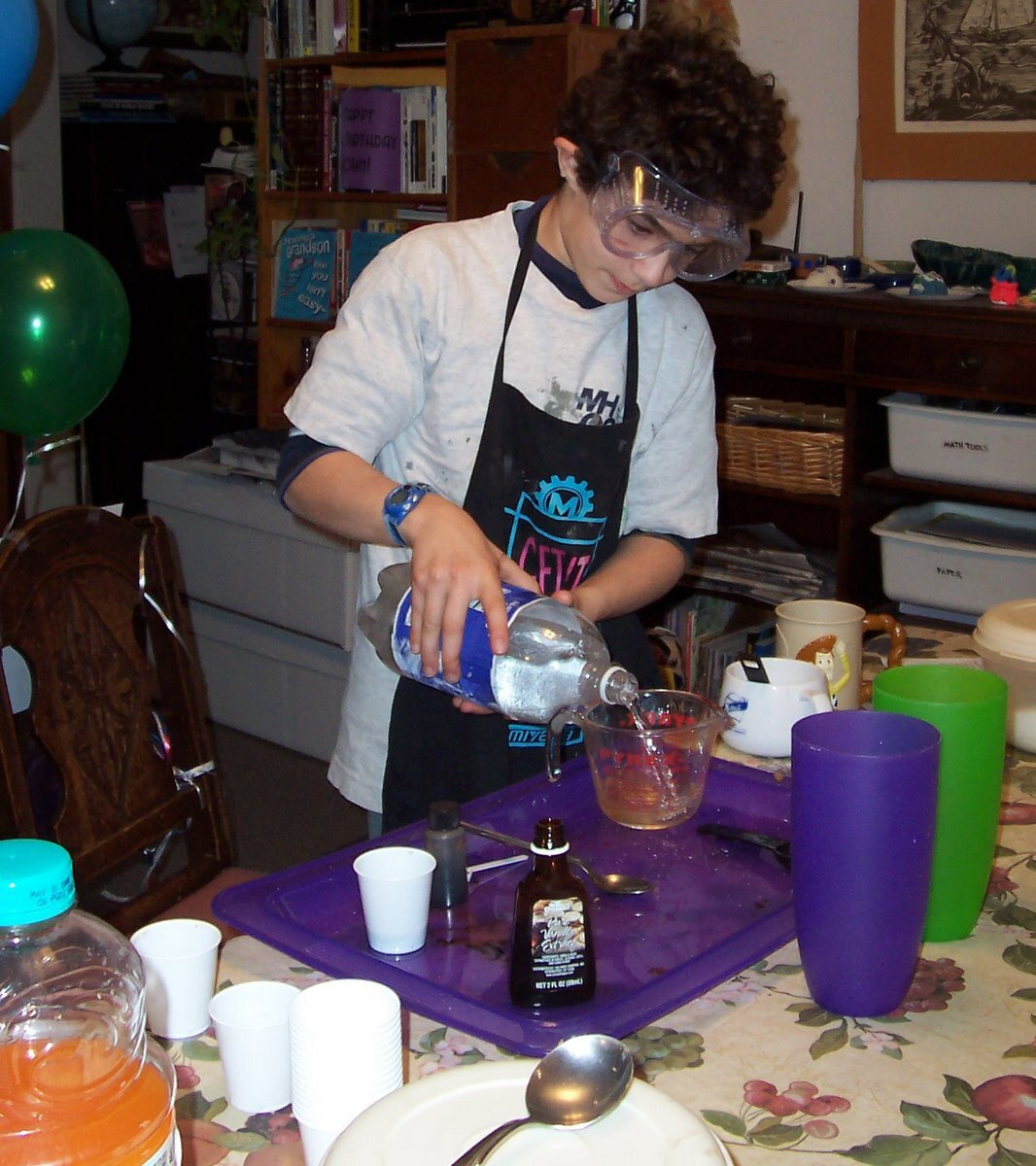If I had to boil down all the advice I have to share about what it’s like to homeschool during a pandemic to a few basic points, this is what I’d say:
1. If you want to homeschool, you can. I've seen people make homeschooling work under any kind of circumstance — single parents, two working parents, even parents with disabilities. At times like these, when families may be dealing with working from home or unemployment, housing upheavals, illness, and other stress, you may really appreciate the flexibility homeschooling can bring to “do school” when you want, the way you want.
2. Homeschooling can be as easy as you want it to be. Putting extra pressure on yourself or your kids doesn't produce better results. If you want your kids to get the most out of homeschooling, first try to relax. Have fun. Take breaks to decompress. And if what you're doing isn't working — try something different.
3. More isn't always better. At a time when every school is making it up as they go along, and every student is having an unusual year, “keeping up” with the school is an illusion. And you don't get extra points for teaching your child to read early, or trying to get through calculus in sixth grade. Let your children progress on their own schedule, and don't worry how other people's kids are doing.
4. There are no guarantees with homeschooling (or with any other kind of schooling). Every child is different. Every family is different. No one educational method works for everyone, in school or out. So take all advice (even mine) with a grain of salt. Whether or not you follow the school’s course of study, use a pre-packaged homeschool curriculum, or create your own, you will be OK. Most importantly, don't let anyone tell you you're doing it wrong, if what you’re doing is working for you and your family.
5. You always have options. You don’t have to homeschool from preschool to college, or even for the entire year. And if you go back and you don’t like it, you can always go home again. You don’t even have to stick with the same plan you started out with — many homeschoolers change methods and materials midstream. The choices you make now will not make or break your child's future. So stop worrying, take chances, and see what develops. You'll be glad you did.
Find more advice and support on my Homeschooling page!
This page may contain affiliate links. Thanks for helping me to keep producing great learning advice and activities for kids!















